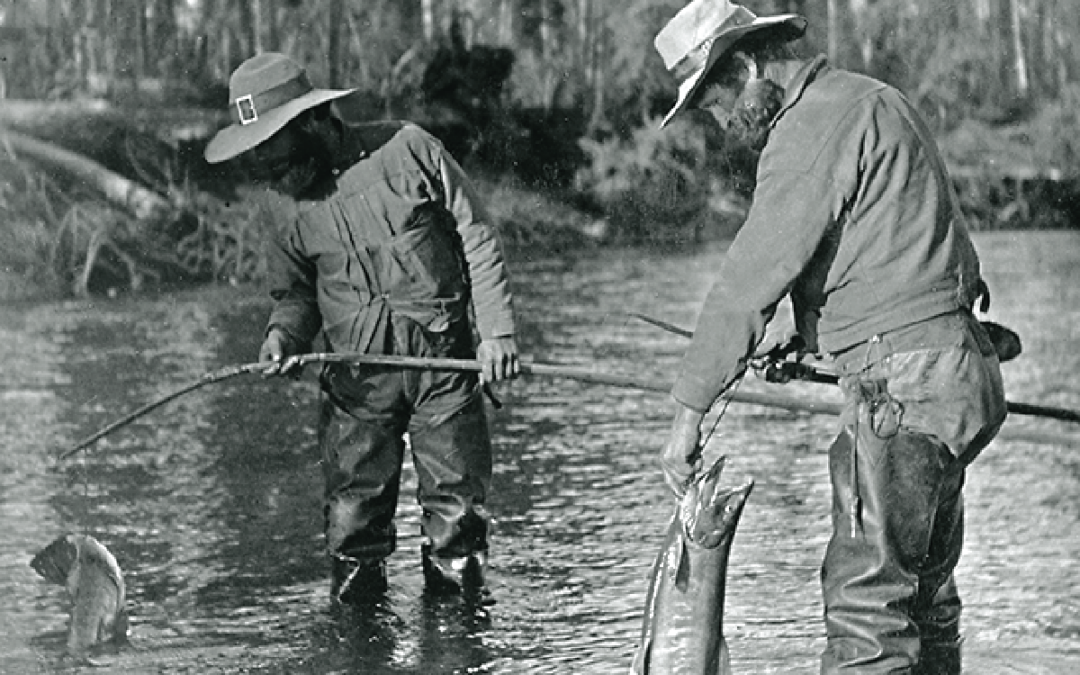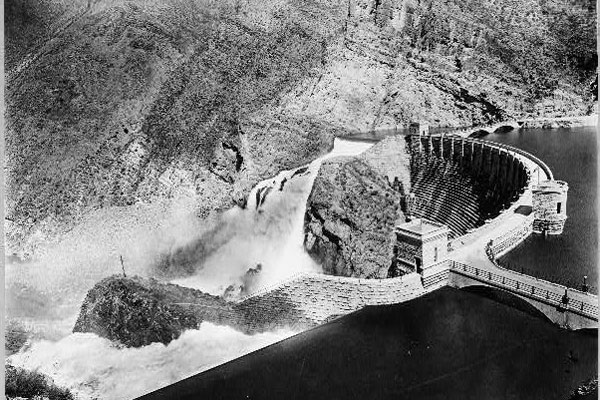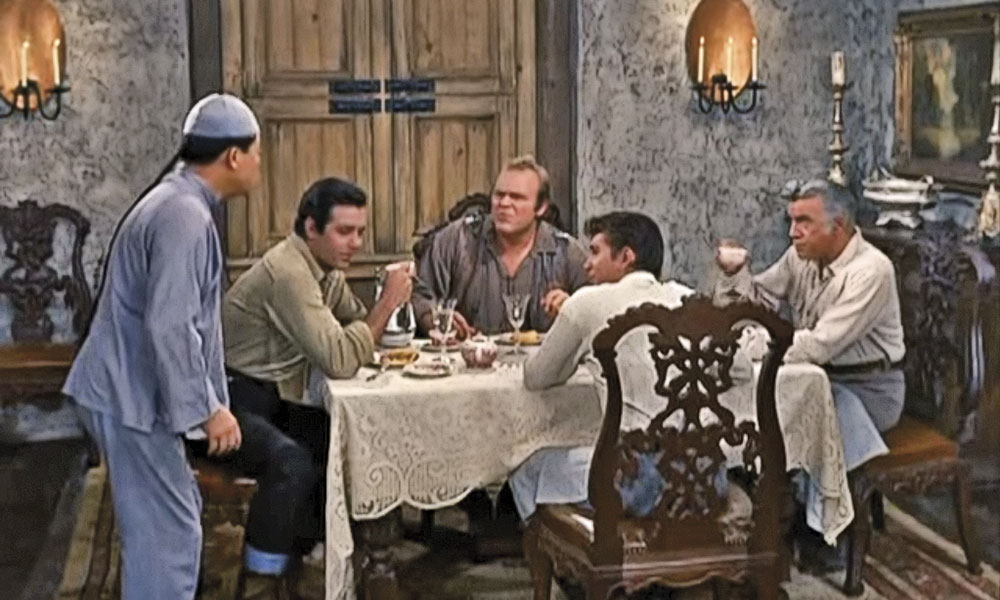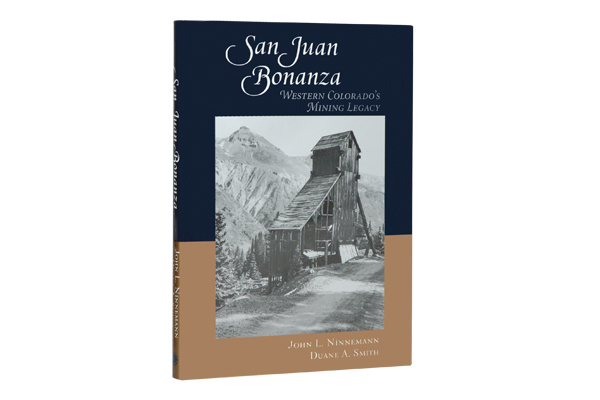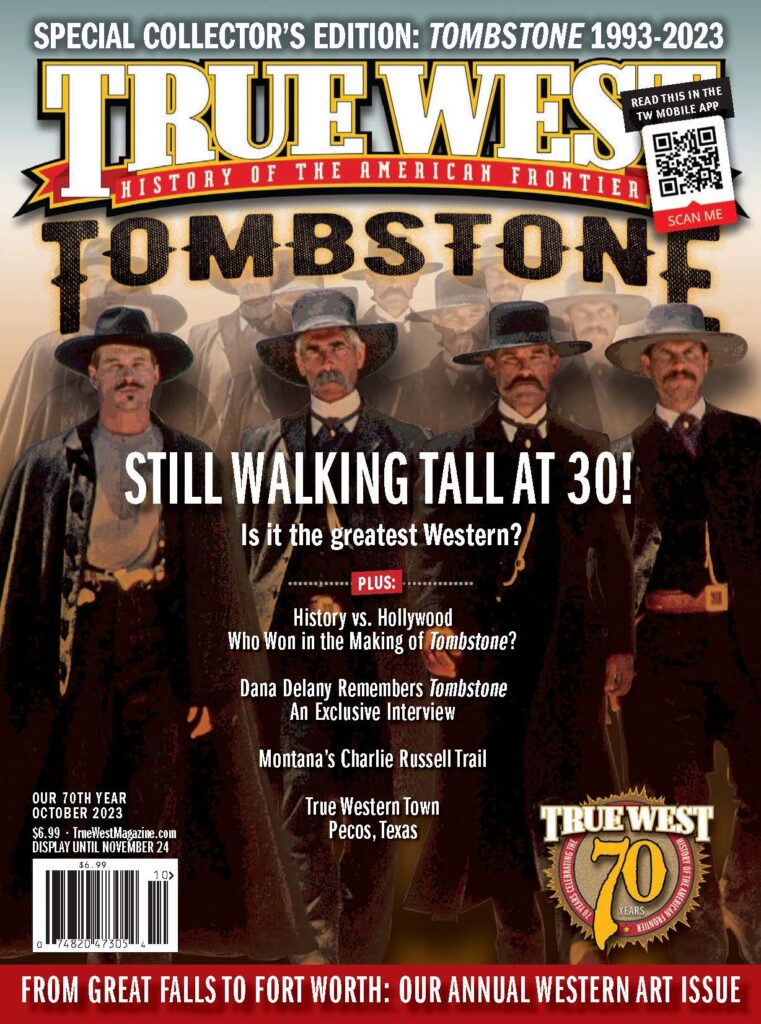In the 1890s, stampeders and sourdoughs discovered the real bonanza was from the sea.
Alaska, the final frontier of the American West, was actively being settled in the mid- to late-1890s. When pioneers arrived seeking gold, they discovered the natural bounties of the land also included fish and shellfish. In April 1899, the editors at Skagway’s Daily Alaskan reported, “Alaska is noted for its fine fish, shell and scale, in fresh and saltwater, and one need not go further than the bay to enjoy the sport in season. Shrimps grow to an unusually large size in the bay, and experience has taught us that the crabs caught there have the sweetest meat of any shellfish on the coast.” The paper reported that halibut weighed 80 to 150 pounds, and were common in every Skagway market. The tomcod and flounder were plentiful and found for sale in large quantities at Skagway’s four wharves. Some of the tomcod grew as large as young salmon, while the average size ranged from six to seven inches. Salmon, of course, were also very plentiful that season, but the previous year the inlets were so crowded with the ascending salmon that thousands were pushed into the shallows along the banks.
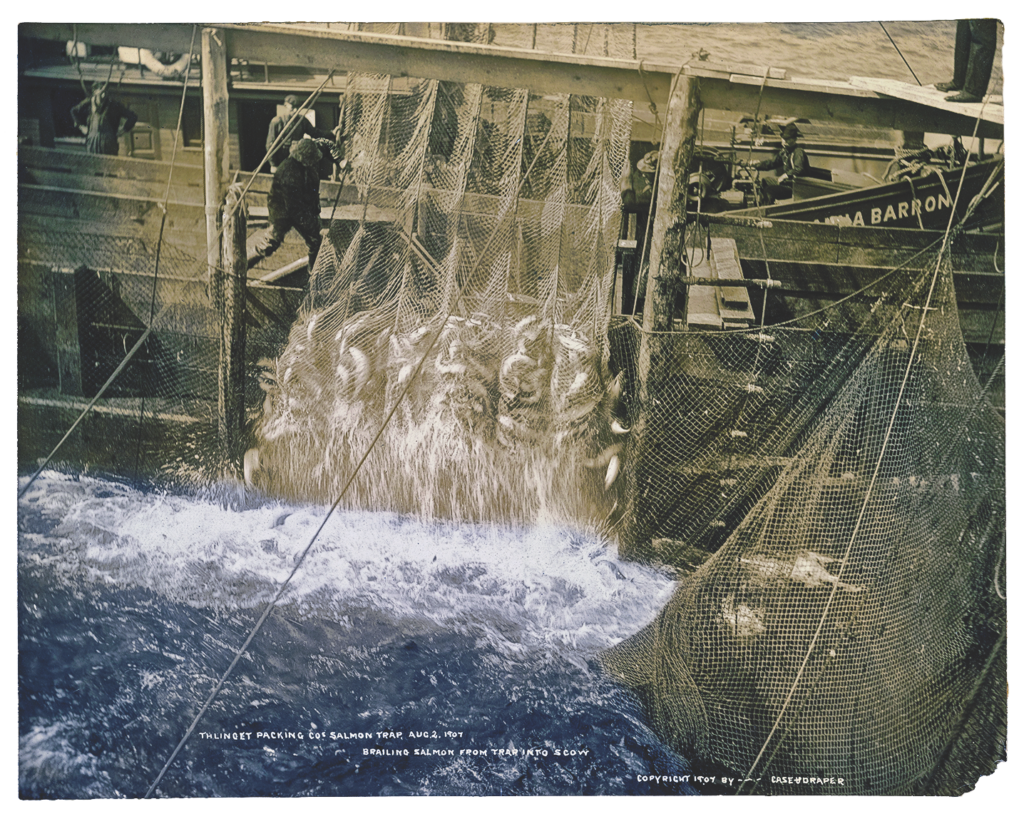
The abundance of fish and seafood in Alaska created an explosion of canneries and packing plants that provided employment for locals and pioneers. Early on, canned fish shipments to the East and Europe included a few carloads to nearly 100 per year in 1901. That same year, the San Juan Fish and Packing Company, whose major investor was the Pacific Cold Storage Company, was being established on the Taku Harbor. The company’s intent was to process even more fish, and to ship frozen salmon to the East and even to London, England, and Hamburg, Germany.
Alaskans wanting fresh fish for a meal could call on their local merchant, visit a restaurant or head to the wharves. In 1901 Peter Madsen advertised that he had a big supply of “halibut and hot dogs” on hand and that his fish was fresh. Restaurants offered a variety of fish dishes that included codfish balls, fried halibut, dried salmon with bacon sauce; Skagway prawns with seaweed, shrimp salad, halibut stew, baked salmon bellies, halibut with cream sauce and boiled cod with cardinal sauce.
As you can imagine, fish stories abounded in the newspapers, and many of them were not tall tales, but rather reports of large fish or large catches. However, even Alaska newspapers knew nothing beat a “Little Johnny” joke. Yes, they were popular in the early 1900s. So, when Little Johnny got home on Sunday, his mother asked him if he went to Sunday school like he said he was going to do. He looked off in the distance and said he had. His mother asked why his hands smelled like fish. He replied, “I carried home the Sunday school paper, an’ the outside page is all about Jonah an’ the whale.”
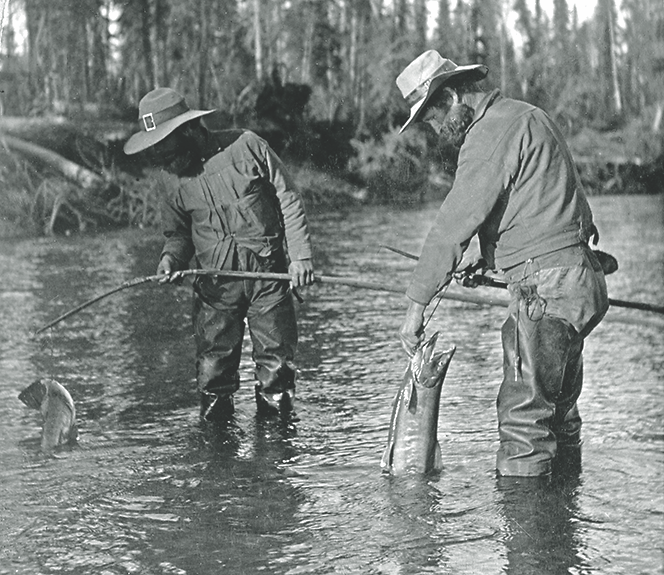
Salmon Cucumber Tubs
1 c. cooked salmon • ¼ c. mayonnaise
1 vinegar • 2 6-inch cucumbers
Salt and pepper to taste
Combine the salmon, mayonnaise, vinegar, and salt and pepper in a bowl. Add additional mayonnaise to your taste. Set aside. Slice the cucumbers in half lengthwise and remove the ends. Peel every other strip so the cucumber has alternative green and white stripes. Scoop out the flesh to make hollowed out tubs. Place equal parts of the salmon mixture into the cucumbers and garnish with watercress or fresh parsley.
Recipe adapted from The Alaska Citizen, May 16, 1911.

